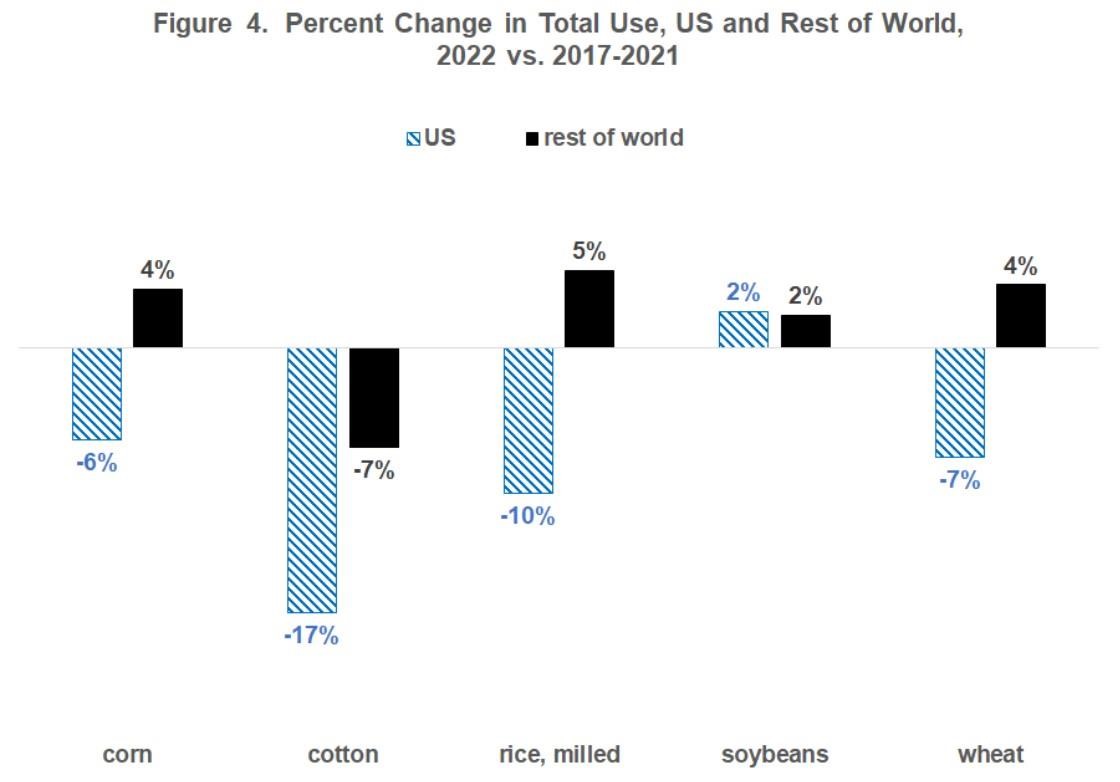By Sherry Hoyer
Given the recent precipitation and the weather forecast, things are shaping up to create very muddy conditions in Iowa just as spring calving season is really taking off. Mud is always a headache but it can be particularly challenging for cattle producers during calving season. Chris Clark, beef specialist with Iowa State University Extension and Outreach, describes some of these challenges and offers a few suggestions to help producers manage muddy conditions.
“Muddy conditions increase the risk for hypothermia, failure of passive transfer and infectious disease of newborn calves,” he said. “Wet, muddy coats do not insulate as effectively as clean, dry coats. Born into these conditions, newborns can struggle to regulate body temperature and become chilled, which can lead to weakness, lethargy and suckling issues. Pathogens thrive in muddy lot conditions and udders can easily become dirty with contaminated mud and manure.”

Clark said there is no silver bullet because every farm has its own unique limitations and challenges, but producers should strive to calve in well-drained areas and do their best to keep cattle high and dry.
"Use bedding to create dry areas and layers of insulation between the animals and the wet ground, and remember to remove saturated bedding and/or re-bed as necessary," he said. "Feeding on concrete or pads of packed rock or lime can create a solid base under high traffic areas that can become extremely messy.”
It's also very important to check cattle carefully and frequently when calving in muddy conditions. Early intervention can be valuable to help calves get going and ensure colostrum consumption.
“When we are talking about things like hypothermia and failure of passive transfer, the earlier we can intervene the better,” said Clark.
Reducing stocking density or increasing pen space per head can help to reduce traffic and the effect of manure and urine, promoting drying and managing mud depth. It can be extremely helpful to occasionally move cattle to cleaner, drier pens.
It is common for people to move pairs out to pasture once they feel the calves are doing well. On one hand, this is great to spread out the cattle and get them in a cleaner environment; however, there are a couple problems with this approach.
"One is that pastures may not yet be ready to graze and may be very wet themselves. This creates the risk of reducing pasture productivity by grazing too early and damaging the wet ground," Clark said. "The other problem is that newborns still arrive into a muddy and often, pathogen-contaminated environment.”
Clark recommends being creative to implement some sort of modified Sandhills Calving System by occasionally moving remaining pregnant females to a new calving area.
“Moving pregnant cows to a cleaner, drier environment can work well to protect newborn calves. There should be less risk of chilled calves and dirty udders and stuff like that. And the new calving area will not be contaminated with pathogens being shed by older calves,” he said.
Mud also can contribute to greater energy requirements for cattle. Muddy conditions can increase energy demands by affecting the insulating ability of the hair coat and by simply increasing calories burned as animals struggle to walk through mud. Deep mud can increase energy requirements by up to 30%.
“This time of year I often emphasize the importance of sufficient nutrition to support adequate body condition score at calving and meet the increasing requirements of third trimester and early lactation, he said.
"Cattle can burn many calories just walking through the mud," he explained. "Think about how difficult it can be trying to walk through deep mud. It is no different for a cow. It is critical for health and performance of cow and calf that the diet is balanced to meet the greater energy requirements of challenging environmental conditions.”
Clark reminds producers that cows may choose to avoid the challenge of getting to the feed so may be prone to simply eating less. That's why it's important to manage conditions around the feeding area and try to maintain a navigable path from loafing areas to feeding areas.
"There's no question that most of these suggestions are easier said than done, but investing effort in these areas can reap great rewards with greater calf survival, health and performance," Clark said.
Source : iastate.edu